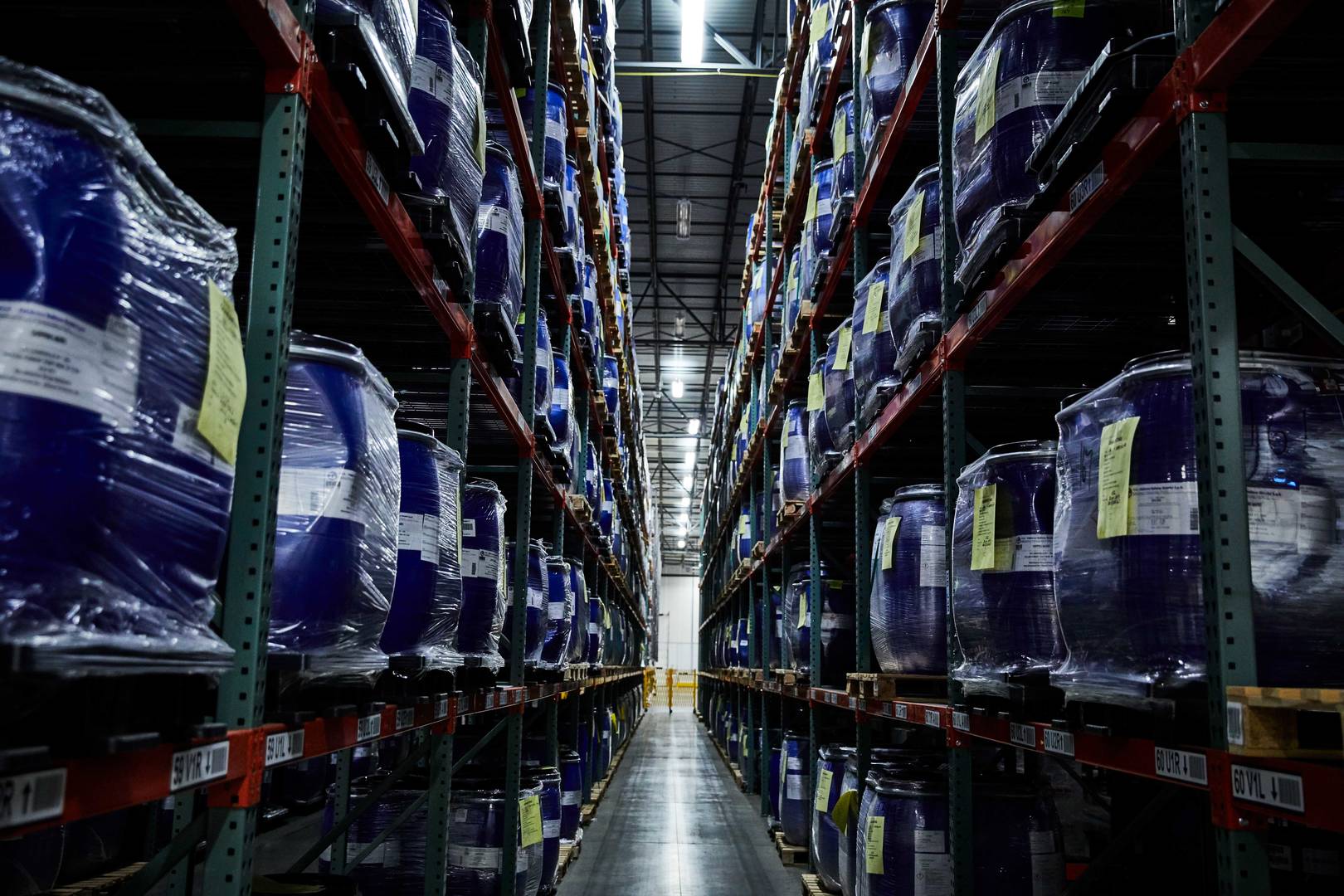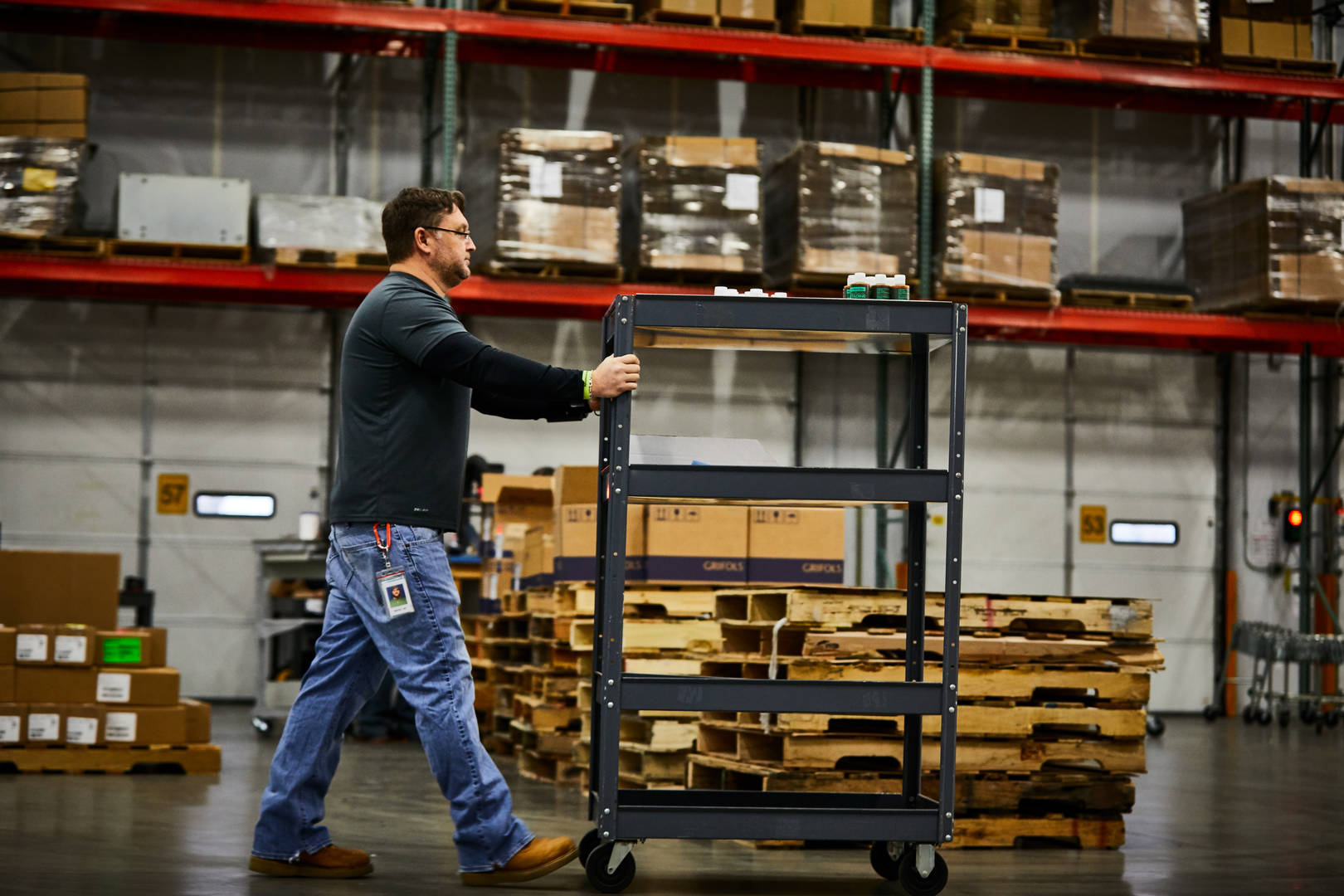The Role of Foreign Trade Zones in Pharmaceutical Manufacturing Success: Part One
By AmerisourceBergen
Q: What is a foreign trade zone (FTZ)?
Pham: In the United States, foreign trade zones are areas in or next to ports of entry under the control of Customs and Border Protection (CBP) but considered outside CPB territory. In other words, product stored in this area has technically not entered U.S. commerce, although it is on U.S. soil. Merchandise may be moved in or out of FTZs for operations, including storage, assembly, manufacturing and processing. The usual formal CBP entry procedures and duty payments are not required until product enters CBP territory for domestic consumption. The FTZ program, created by the Foreign-Trade Zones Act of 1934, encourages U.S.-based operations and competitiveness by removing certain disincentives associated with manufacturing in the United States.
Q: Why are FTZs more important today than ever for pharmaceutical manufacturers?
Pham: The first FTZ opened in New York City in 1937 and was used by the nut industry. Nuts would be shipped to the U.S. and housed in the FTZ until they lost “water weight,” thus leading to lower customs duties because they weighed less. For the pharmaceutical industry, the ability to manage costs and resources in a controlled zone has tangible benefits for both manufacturers and the patients benefitting from their therapy.
Through use of an FTZ, manufacturers will be positioned to better maintain their competitive edge in global markets, delivering more affordable and innovative products to patients in the United States. An FTZ helps lower costs, speed delivery times and better manage regulatory compliance. These benefits are important for pharmaceutical companies with strict supply chain needs due to a complex manufacturing process, and those with high volume and/or dollar value of imported products.
"An FTZ helps lower costs, speed delivery times and better manage regulatory compliance."



Q: Do I need to learn how to apply for, manage and operate an FTZ? Why should I work with one?
Pham: Manufacturers can turn to third-party logistics (3PL) companies to navigate them through FTZs. A 3PL partner acts as an extension of the manufacturer’s business, helping with storage, receiving and fulfilling orders, for example—the day-to-day operations and services that, for many pharmaceutical manufacturers, would be cost-prohibitive or complex to manage. A good 3PL partner should always be assessing the commercial landscape for ways to better serve their partners.
Manufacturers with any imported products should evaluate the benefits of an FTZ, but these benefits are typically targeted to a specific segment—for example, those with high-volume or high-value product. Manufacturers should evaluate FTZs as a logistics solution in the clinical, commercial, or post-launch process, as part of transition planning. Whether API or finished product, there can be significant cost savings by leveraging an FTZ.



